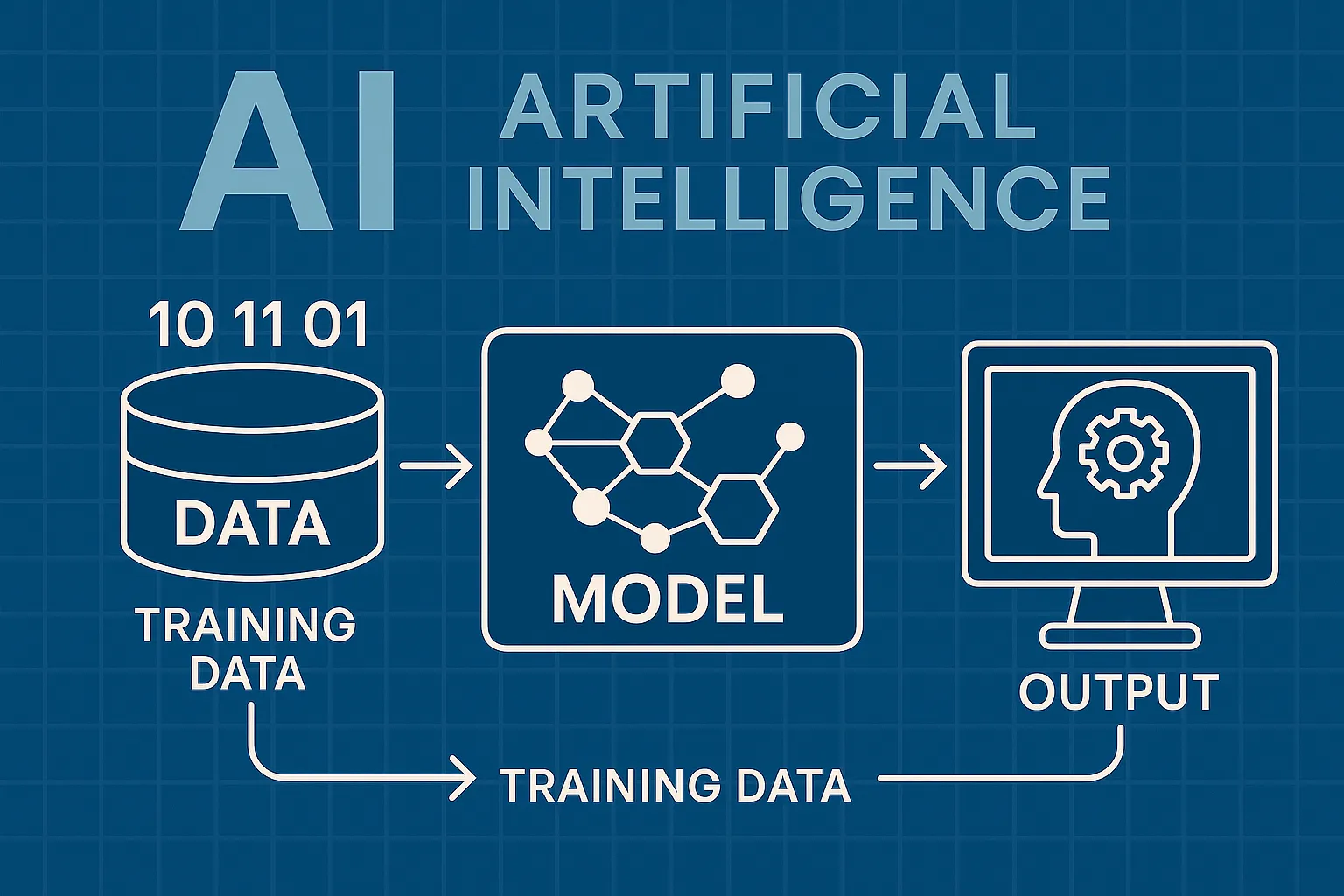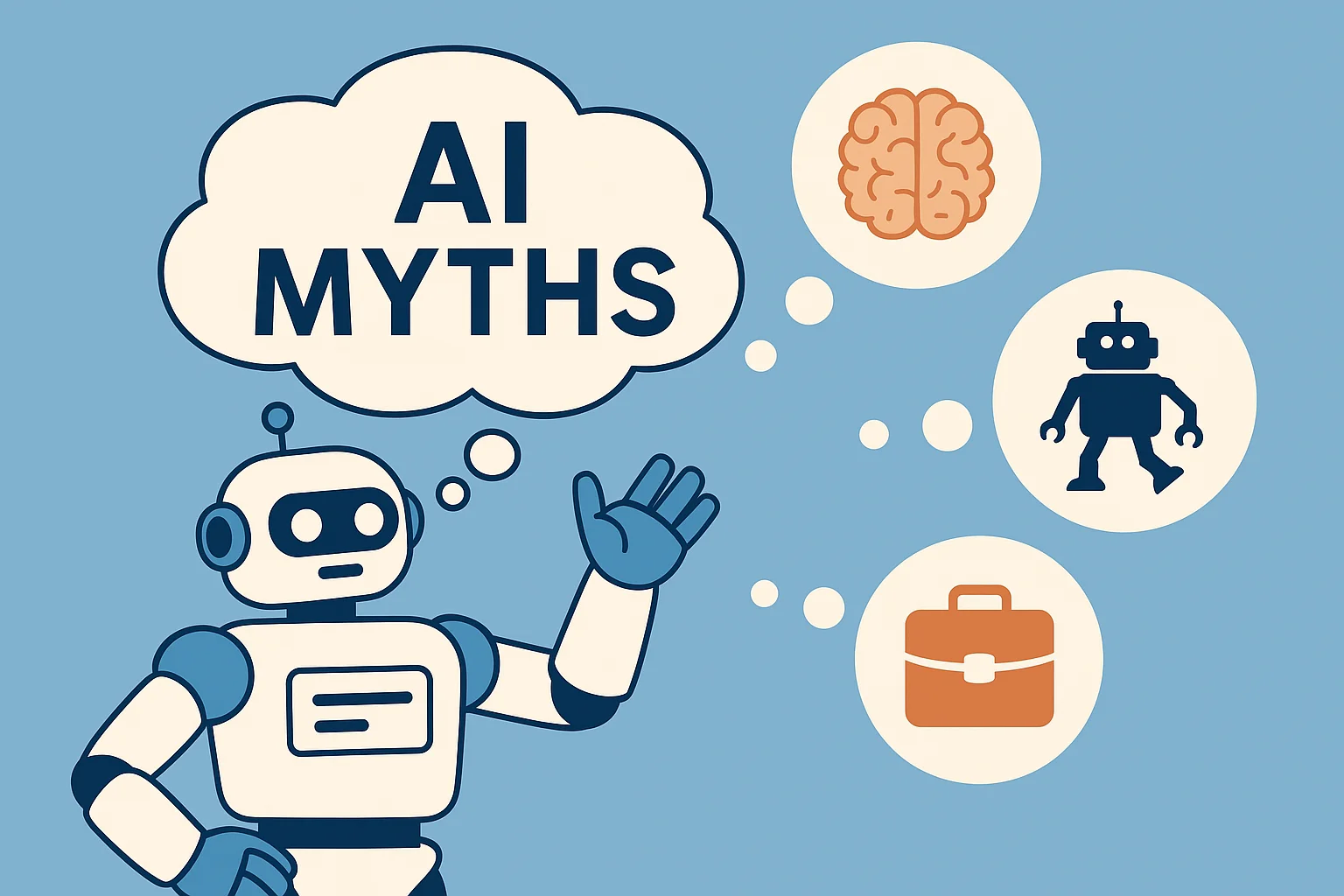As AI adoption grows globally, Korean speakers now have access to a wide range of intelligent tools designed to support communication, learning, and productivity in Hangul. In 2025, the latest AI platforms can seamlessly handle everything from text generation and real-time translation to content creation and grammar correction—tailored specifically for the Korean language. These tools are not just English-first solutions with Korean support added later; many are optimized to respect formal speech levels, cultural tone, and linguistic nuance. Whether you're working in education, business, or content creation, this guide highlights the top AI tools that make interacting in Korean faster, easier, and more accurate. From students and freelancers to global brands entering the Korean market, users at all levels can benefit from the evolving AI ecosystem. Explore your options to streamline your Korean-language workflows, boost your productivity, and make smarter use of AI in everyday life—all while working confidently in your native language.

Top Paid AI Tools for Korean Speakers
| Rank | Tool | Key Strength | Price / Limitations | Best Use Case |
|---|---|---|---|---|
| #1 | Naver Papago | Korean↔Other languages translation | Free & premium tiers | Accurate bilingual communication |
| #2 | ChatGPT Plus | Korean natural language prompts | $20/month | Writing & tutoring |
| #3 | Flitto Pro | Human-reviewed AI translation | Paid service tiers | Business & media content |
| #4 | Copy.ai | Korean content generation | From $49/month | Marketing & product text |
| #5 | Notion AI | Korean productivity support | From $10/month | Note-taking & organizing |
Naver Papago
Developed by Naver, Korea’s largest search engine, Papago is a multilingual translation platform designed with Korean speakers in mind. It offers highly accurate Korean↔English, Japanese, and Chinese translations with contextual nuance and support for informal and formal tones. The app includes text, voice, handwriting, and image input, making it perfect for mobile communication and real-time needs. The premium version provides additional features for businesses and heavy users, including longer text processing and offline mode. Papago is trusted by millions for education, business, and everyday language support in Korean.
ChatGPT Plus
ChatGPT Plus delivers natural, fluent Korean interaction using GPT-4, making it a strong tool for writing, translation, tutoring, and brainstorming. It adapts well to formal and casual Korean, handles sentence structure with cultural awareness, and can assist with grammar, summaries, and rephrasing. Whether you're writing reports, translating English content, or simply practicing conversation, ChatGPT Plus offers faster, more nuanced output than the free version. It’s an excellent productivity companion for students, professionals, and creatives working in Hangul or bilingual formats.
Flitto Pro
Flitto Pro is a Korean-founded platform that combines AI-powered translation with human editing for high-quality multilingual content. It supports Korean for marketing materials, subtitles, user guides, and web content with better tone and cultural fluency than traditional tools. Businesses rely on Flitto for content that must be both technically accurate and locally resonant. Its service tiers allow for batch uploads, revision tracking, and professional review, making it an ideal choice for media companies, e-commerce brands, and organizations working internationally with Korean content.
Copy.ai
Copy.ai supports content generation in Korean, enabling marketers and entrepreneurs to quickly create ad copy, product listings, blog headlines, and social captions in natural, native-sounding Korean. The tool is especially effective at maintaining brand tone and clarity, even when switching between Korean and English. With templates for email marketing, landing pages, and promotional content, Copy.ai makes it easy to scale creative output in the Korean market. Its intuitive UI and multilingual capabilities make it a favorite among digital content creators and social media teams in Korea.
Notion AI
Notion AI integrates seamlessly into the Notion productivity suite, supporting Korean-language input and output across pages, notes, and databases. Users can ask it to summarize long Korean documents, rewrite sections for clarity, or brainstorm content ideas in Hangul. It works well for task management, meeting notes, and documentation, particularly in multilingual workplaces. Notion AI’s flexible text editing and responsive tone make it a valuable assistant for professionals, students, and teams who work or plan in Korean and want AI help without switching tools.
Top Free AI Tools for Korean Speakers
| Rank | Tool | Key Strength | Limitations | Best Use |
|---|---|---|---|---|
| #1 | Naver Papago (Free) | Korean real-time translation | Character limits apply | Everyday communication |
| #2 | ChatGPT (Free) | Korean conversation & tasks | No voice/chat log history | General writing help |
| #3 | Google Translate | Fast Korean↔Global language tool | Varying sentence tone | Quick references |
| #4 | Google Gemini | Korean content generation | Occasional tone errors | Summaries & Q&A |
| #5 | Naver Dictionary | Korean dictionary + examples | Not AI-generated | Word-level help |
Naver Papago (Free)
The free version of Naver Papago offers excellent real-time translation and voice support for Korean↔English and several other languages. It’s especially useful for casual writing, educational study, and cross-language messaging. The app supports handwriting input, image translation (OCR), and even website translation, making it one of the most flexible tools available to Korean speakers. While premium features are limited, the core translation engine remains fast and accurate for everyday use—ideal for travelers, students, or bilingual communication on the go.
ChatGPT (Free)
ChatGPT’s free tier supports conversational Korean and can assist with short writing tasks, translations, or study questions. While it lacks the depth and memory of GPT-4, it’s a versatile assistant for daily productivity and content support. Korean speakers can ask for rephrasings, brainstorm ideas, get grammar explanations, or translate simple paragraphs. It’s especially helpful for learners and creators looking to sharpen their Korean skills or work bilingually without needing more advanced AI tools or integrations.
Google Translate
Google Translate continues to be a go-to tool for Korean↔global language translation, offering support for text, speech, handwriting, and camera-based input. While it may lack nuance in longer or professional texts, it's extremely useful for fast, informal translation. The platform supports phrase suggestions, pronunciation, and dictionary features, making it helpful for both native speakers and learners. It’s widely available across mobile and desktop platforms and supports offline access, which adds to its versatility for Korean speakers in all settings.
Google Gemini
Google Gemini (formerly Bard) supports Korean input and can perform tasks like summarizing articles, generating emails, translating phrases, and answering questions. While still improving in tone consistency and cultural nuance, it’s a strong tool for general-purpose writing and productivity in Korean. It can also help rephrase English input into Korean, or simplify Korean content for better understanding. Ideal for students, professionals, and writers who want an AI assistant that works across tasks while supporting Hangul fluently.
Naver Dictionary
Naver Dictionary is a highly trusted Korean-language resource offering definitions, example sentences, idioms, pronunciation guides, and even verb conjugation. Though not AI-driven, it’s an indispensable tool for vocabulary building and language learning. The platform covers multiple languages and includes advanced search features like audio clips and handwriting input. It’s used by students, translators, and language professionals across Korea and remains the go-to reference for precise word-level support in both casual and formal Korean contexts.
Rankings

Chatbots
AI chatbots have quickly evolved from simple assistants into powerful, multi-purpose tools used by millions of people every day...

Image Generators
AI image generators are revolutionizing the way creatives, marketers, and developers produce visual content by transforming text prompts into detailed, customized...

Writing Assistants
AI writing assistants have become indispensable tools for anyone who writes — from students and bloggers to business professionals and marketers...

Deepfake Detection
As deepfake technology becomes more advanced and accessible, detecting AI-manipulated content is now a critical challenge across journalism, education, law, and...

Productivity & Calendar
AI productivity and calendar tools have become essential for professionals, entrepreneurs, and students looking to make the most of their time without getting overwhelmed...

Natural Language To Code
Natural language to code tools are transforming software development by enabling users to build apps, websites, and workflows without needing advanced programming...
Blog

How AI Actually Works
Understand the basics of how AI systems learn, make decisions, and power tools like chatbots, image generators, and virtual assistants.

What Is Vibe Coding?
Discover the rise of vibe coding — an intuitive, aesthetic-first approach to building websites and digital experiences with help from AI tools.

7 Common Myths About AI
Think AI is conscious, infallible, or coming for every job? This post debunks the most widespread misconceptions about artificial intelligence today.

The Future of AI
From generative agents to real-world robotics, discover how AI might reshape society, creativity, and communication in the years ahead.

How AI Is Changing the Job Market
Will AI replace your job — or create new ones? Explore which careers are evolving, vanishing, or emerging in the AI-driven economy.

Common Issues with AI
Hallucinations, bias, privacy risks — learn about the most pressing problems in current AI systems and what causes them.